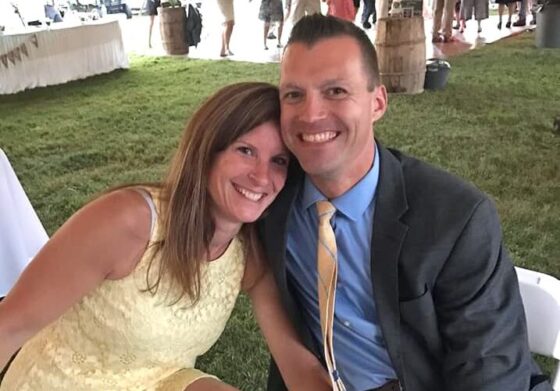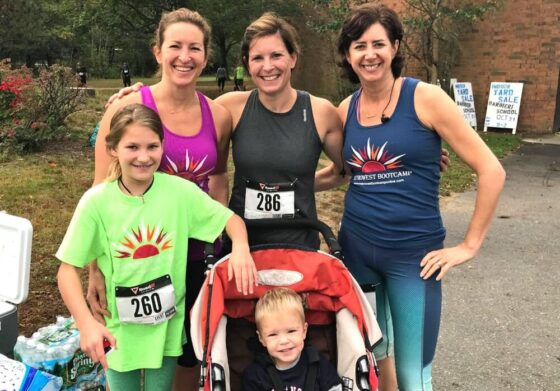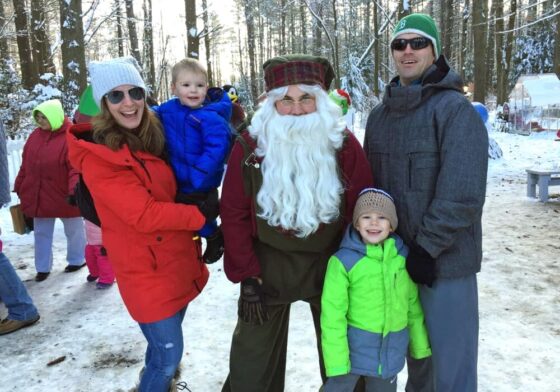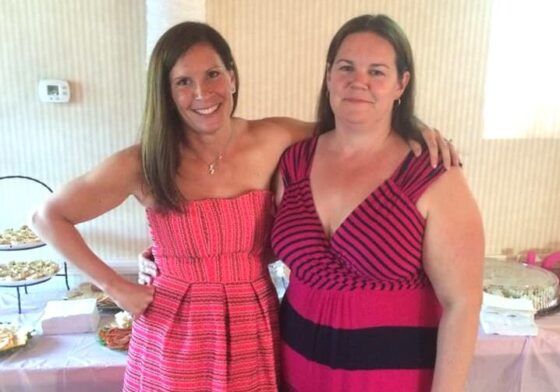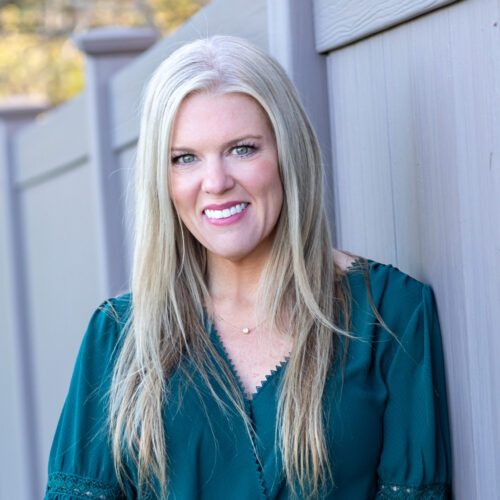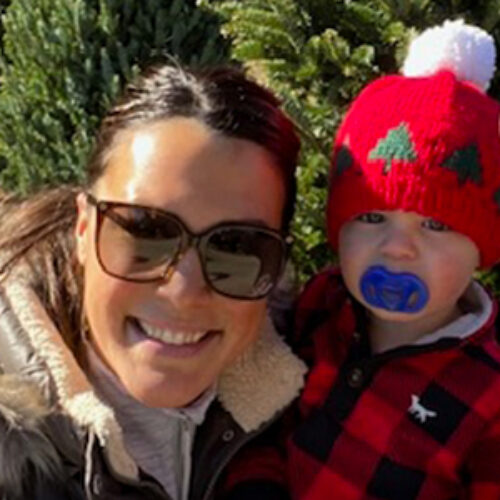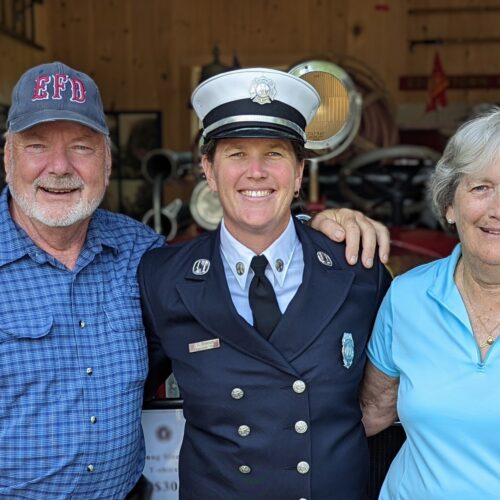Five years ago, I was diagnosed with breast cancer. Before that, I had perfect health.
I had a full-time job, owned a fitness boot camp on the side and still ran several times a week. I worked out often and was in shape, so I didn’t really think much about my health otherwise.
I didn’t do self-exams and was irregular about physical exams with my general practitioner. One thing I was regular about was my annual appointment with my OB/GYN. She was a very good and thorough doctor, and I felt I could tell her certain things and she would listen.
“My doctor took my pain seriously and did not brush off my symptoms as probably many doctors would to a person my age. She saved me from a much worse diagnosis years down the line.”
When I started noticing some breast pain, I told my doctor during my annual exam. The pain would come and go, but over the previous few months had started to become more frequent.
In my early 20s, my doctor had found a small breast lump that turned out to be a non-cancerous fibroadenoma, so I assumed that maybe this new pain had something to do with that, and brushed it off for a bit. Now I was 31 years old, and thought breast pain was a pretty common occurrence.
My family history of breast cancer was minimal (my paternal grandmother), but since I was at the gynecologist anyway, I took the opportunity to tell my doctor about the pain. She asked if it corresponded to my cycle, and other typical questions.
She told me that it was most likely nothing but that she would send me for a mammogram anyway. My doctor took my pain seriously and did not brush off my symptoms as probably many doctors would to a person my age. She saved me from a much worse diagnosis years down the line.
When I went for a mammogram, I was under the impression that it was nothing, but of course still a little bit nervous. My aunt worked in mammography, so she helped me schedule an appointment with the radiologist she deemed the best at a Boston area hospital.
After waiting a bit for the results, the radiologist called me into his office and showed me on the slides, what he called “calcifications” in my breast. I had no idea what this meant, but apparently calcifications can be cancerous. There was no lump, nothing I could have felt in a breast exam. But whatever they were, they recommended they be biopsied.
I had what was called a “stereotactic” biopsy. This is where they use an X-ray to find the area and then take a sample. Then you wait. I can remember exactly where I was and what I was doing when I received the results call less than a week later. I was at work in my cubical and I remember just breaking down in tears. I had cancer.
After speaking with my oncologist and the surgeon, it was up to me as to what I wanted to do – a lumpectomy with six weeks of radiation, or a total mastectomy. My genetic testing was negative for any breast cancer-related gene, but after a long discussion with the surgeon, I decided that I wanted to do the full mastectomy. I just felt that I was young and I wanted to minimize any chance of recurrence.
I am also on a five-year course of tamoxifen. I was able to wait to start the medication until after trying for another child. So after a few years and a miscarriage, I gave birth to my second son, and then after breastfeeding, was able to start tamoxifen. Yes, I breastfed with one breast – and three bouts of mastitis! Today, all is well. I was able to catch the cancer early, and get rid of it, and now I’m five years out from my diagnosis.
When you are diagnosed with cancer, you go into fight mode. You don’t think about it, you just do what you need to do to fight the battle. This mentality can apply to early detection too – if you notice a health change, figure out what it is and how to fight it. Tell your doctor if something doesn’t seem right. If your doctor doesn’t take you seriously, talk to someone else or insist on action. You know your body more than anyone, and if you think something is off, trust your instincts.
Symptom
- frequent breast pain
